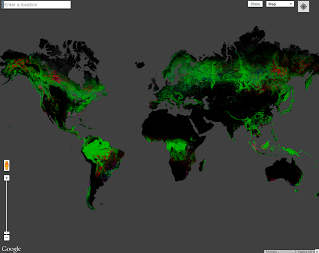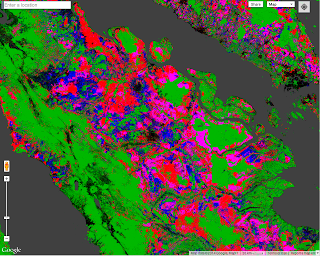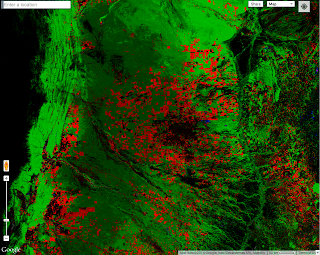
|

|

|

|
Bienvenue dans le tutoriel Google Earth Engine sur l'utilisation des données Hansen et al. (2013) sur la couverture forestière mondiale et son évolution, ainsi que des données de surveillance des forêts pour l'action (FORMA, Hammer et al. 2009) issues de Global Forest Watch. Ce tutoriel fournit des exemples d'utilisation d'Earth Engine pour visualiser ces données, calculer l'évolution des forêts au fil du temps et d'autres statistiques dans une région d'intérêt, et télécharger les données et les résultats des analyses.
Licence et attribution

Les données décrites dans ce tutoriel sont concédées sous licence Creative Commons Attribution 4.0 International. Veuillez utiliser la citation recommandée sur la page de description de l'ensemble de données concerné.
Prérequis
Ce tutoriel ne suppose aucune connaissance en programmation, mais suppose que vous êtes prêt à en acquérir. Avant de continuer, veuillez :
- Inscrivez-vous à Earth Engine. Une fois votre demande acceptée, vous recevrez un e-mail contenant des informations supplémentaires.
- Familiarisez-vous avec l'éditeur de code Earth Engine, l'IDE permettant d'écrire du code JavaScript Earth Engine dans un navigateur Web. En savoir plus sur l'éditeur de code
- Si vous ne connaissez pas JavaScript, consultez le tutoriel JavaScript pour Earth Engine.
- Si vous ne connaissez pas l'API Earth Engine, consultez le tutoriel Présentation de l'API Earth Engine.
Une fois que vous êtes familiarisé avec JavaScript, l'API Earth Engine et l'éditeur de code, lancez-vous dans le tutoriel.
